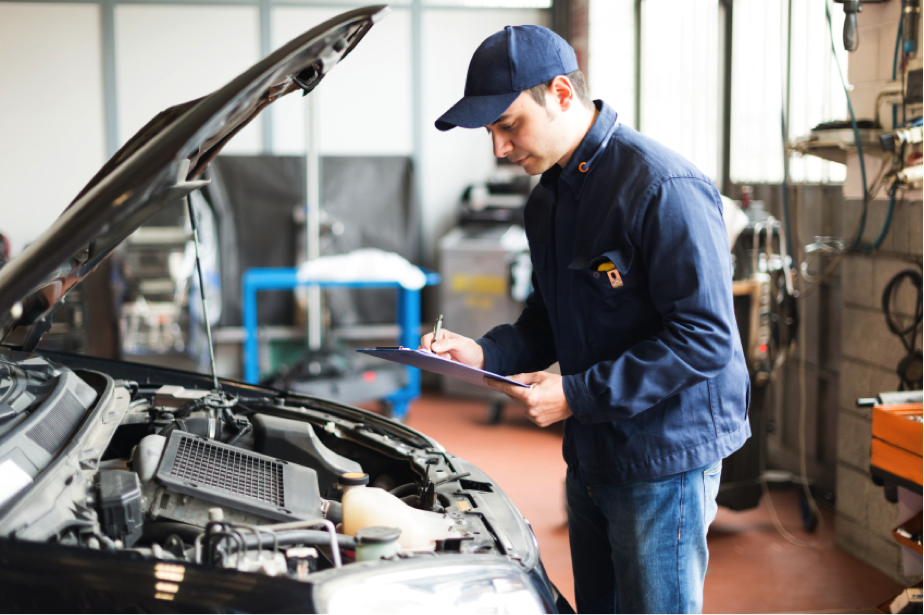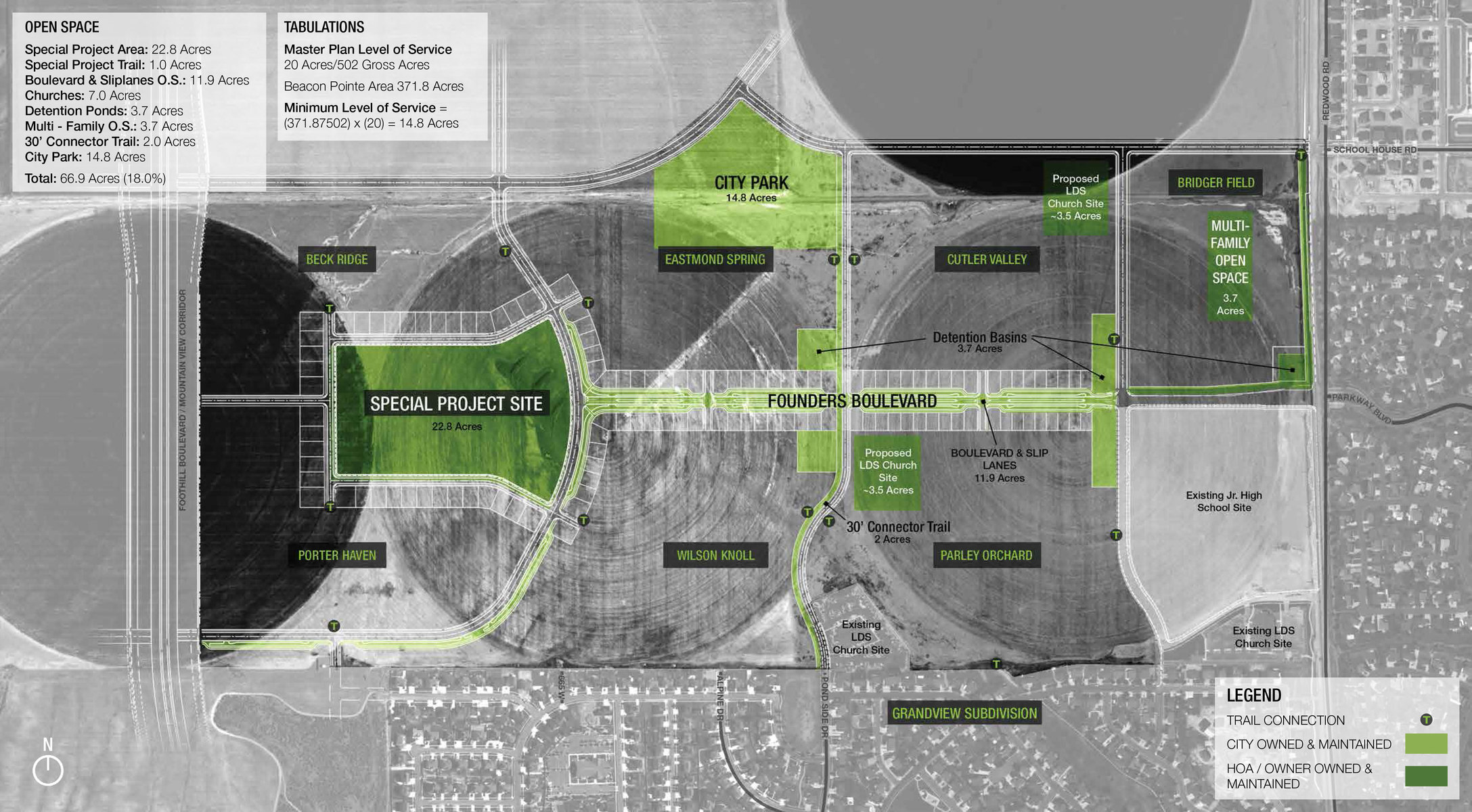Connect with us
Published
6 years agoon

Keeping your car running well is really not black magic. Here’s how to make your car last 200,000 miles. You CAN do all of this yourself, or if you choose to use a service station/mechanic, you’ll know exactly what to have done and when.
Don’t ask the internet “experts”. Everything you need to know you will find in the owner’s manual for YOUR car. You can find the owner’s manual in your glove box or you can download it online. Your owner’s manual will tell you two critical things for each item in your car. How often to change it and exactly what to use when changing it. Ignore the “experts” and follow your owner’s manual recommendations!
The first two things to find in your owner’s manual are the recommended gas octane level and tire pressure. These are things you need to get right to make your car run well every day.
The second thing to find in the owner’s manual is the maintenance schedule. It tells you how & when to check & change your engine oil, air filter and a few other fluids and some items that wear out. Many of the fluids may be checked by simply opening the hood and you’ll see the level without touching anything.
Watch the gauges & warning lights on your dash. Your owner’s manual explains what each of the lights means and what to do about it. If the oil light illuminates, stop immediately and check the oil level. NEVER start the engine if the oil level is below the minimum mark. A check engine light is usually a loose gas cap (retighten it) or bad gas (fill with the right octane asap).
Watch for leaks under your car. A few drops a month is probably not an issue. A puddle is a problem – find the source and fix it. The one exception is your Air Conditioner – which will leave a puddle of condensation (water) under your car when it’s been running.
If something electrical doesn’t work, first check the fuse box for a blown fuse. Your owner’s manual will tell you where the fuse boxes are located.
Replace windshield wipers when they start streaking or not clearing your window. They are cheap and easy to replace so don’t wait until you’re forced to do it in a blizzard.
Most cars are easy to replace burned out headlight, taillight or other bulbs.
I suggest hand washing your car. If you use a carwash, NEVER use the tire brush on the paint!
Clean the inside of your windows to prevent glare. Always use the fresh air setting – only use the recirculate setting briefly to avoid smoke or smell.
Finally, pay attention to your car. Listen for unusual sounds. Feel unusual vibrations / bouncing / knocking. Find the source of any unusual smells. If something is wrong, fix it now – don’t wait for it to become a bigger, more expensive problem.
If you’ll follow this bit of advice I promise you a much happier relationship with your car, your mechanic and your wallet.



Candidates for Lehi City Council Discuss Positions at Debate


Restaurant review: Padeli’s Street Greek brings sensational Greek flavors to Lehi


LHS rebuild: What’s for lunch?


City Council approves revised Dixon Mink Farm, Ivory project


Skyridge Softball wins against Timp and Enterprise, Loses to Springville


ASD Accent on Excellence awards presented


Run for Your Mom 5K Saturday

Saratoga Springs temple location released
Traffic incidents the biggest problem facing Lehi Police


Lehi stained glass studio creates global masterpieces
